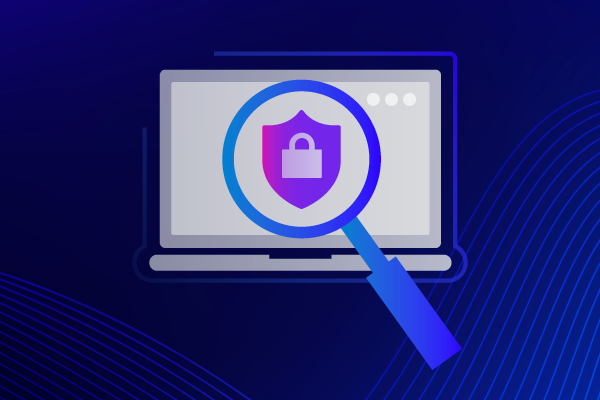What Is Fileless Malware?
Fileless malware, a destructive and malicious software that uses legitimate programs to get into a computer and infect it, is a serious threat to businesses and individuals alike. As a managed service provider (MSP), it’s important to understand the best security approaches that can help protect your clients from fileless malware attacks.
This type of malware is difficult to detect because it doesn’t rely on traditional file-based methods to infect a system. Instead, it uses programs and tools already installed on a computer to get into the system and wreak havoc.
While fileless malware is not a new phenomenon, it has been increasing in frequency in recent years as more and more cybercriminals and threat actors are using this method to attack computers.
How fileless malware gets into a computer
There are a few different ways that fileless malware can get into a computer. The most common way is through phishing emails. These emails often contain attachments or links that, when clicked, will download and install the fileless malware on the computer.
Another way it can get into a computer is through drive-by downloads. This happens when a computer user visits and clicks on a website that has been infected with fileless malware. The fileless malware then uses vulnerabilities in the web browser to download and install itself onto the computer.
How is fileless malware used?
Fileless malware is often used to steal sensitive information like passwords and credit card numbers. It can also be used to encrypt files and demand a ransom for the decryption key. In some cases, fileless malware can even be used to take control of a computer and use it for malicious purposes, such as launching distributed-denial-of-service DDoS attacks or sending spam emails.
How to protect your client’s from fileless malware
The best way to protect your clients against fileless malware is to deploy a multilayered security approach. This includes using a strong anti-virus program that is designed to detect and remove fileless malware. It is also important to keep all software up-to-date, as fileless malware often exploits vulnerabilities in outdated software. Another important layer of protection is implementing security best practices and educating your clients and their employees on how to keep networks safe from fileless malware and other cyber threats.
Types of fileless malware attacks
There are many different types of fileless malware attacks, the most common include:
Phishing emails typically contain attachments or links that, when clicked, will download and install the fileless malware onto a computer. For pro tips about how to identify a phishing email, read our blog: How to spot and protect against phishing email attacks.
Drive-by downloads happen when a website infected with fileless malware uses vulnerabilities in the web browser to download and install itself onto a website visitor’s computer.
Exploiting vulnerabilities in outdated software can result in fileless malware on a computer. That is why a good patch management strategy as well as a planned cadence for upgrading software to the latest version is critical.
Memory code injection is malicious code that is injected into a legitimate process running in memory, which can be done using a variety of methods, including Windows Management Instrumentation (WMI) or PowerShell.
Windows registry manipulation modifies the registry to add malicious entries. Once active, these entries can be used to automatically run the fileless malware when a computer starts up.
SamSam ransomware encrypts files on a computer and demands a ransom for the decryption key. After initial infection, it spies for a long time and attacks without being detected.
How to protect against specific fileless malware threats
There are several legitimate Windows tools that can be used by fileless malware to inject malicious code into processes or memory and download and execute malicious files, such as WMI, PowerShell, Regsvr32, Mimikatz, DotNetToJScript technique, Reflective DLL remote injection (rundll32.exe) and Reflective EXE self-injection (mshta.exe). To protect your clients, advise them to disable any of these processes on all computers and systems that won’t need them.
How MSPs can help clients deal with fileless malware
The best way to help clients avoid fileless malware threats is to deploy a multilayered security approach that includes both prevention and detection measures. You can also advise clients to keep their software up-to-date, which will reduce the chances of fileless malware attacks on their computers. Educating your clients on the dangers of fileless malware and how to avoid it is another important way to protect against threats. Even with proactive measures like these in place, the chance of experiencing a fileless malware attack remains high. It’s important to be prepared to respond quickly in the event of an attack and restore clients’ systems if they’re infected.
Fileless malware can be a major cybersecurity threat to businesses, but it can be detected and prevented using the right measures. We can help you prepare and educate your clients to avoid fileless malware attacks as well as provide the malware defense solutions to help you restore your clients’ systems quickly to reduce downtime and business disruption. Contact us.



